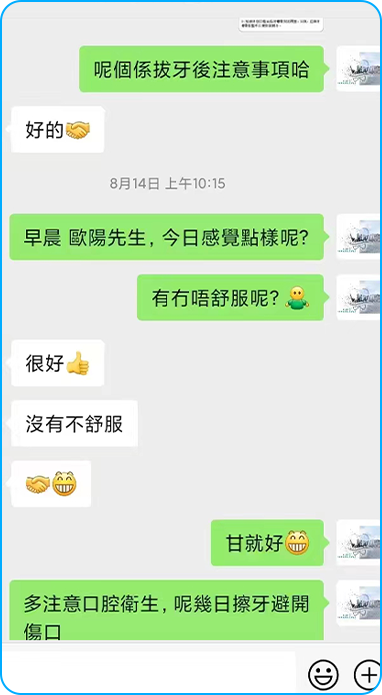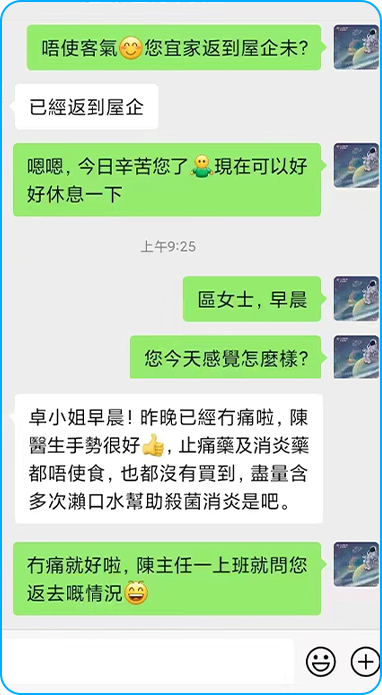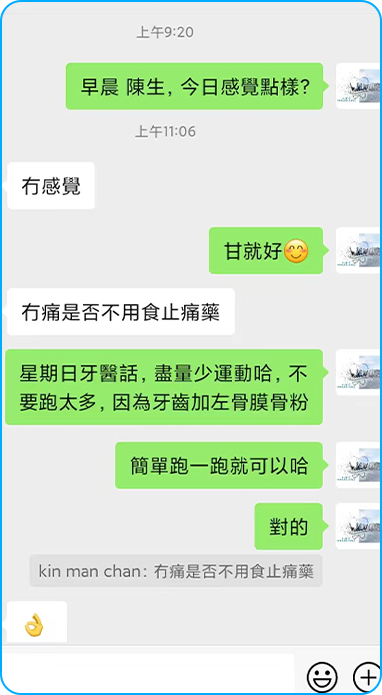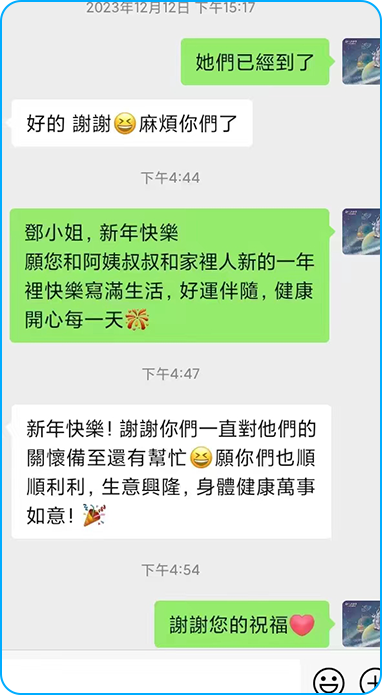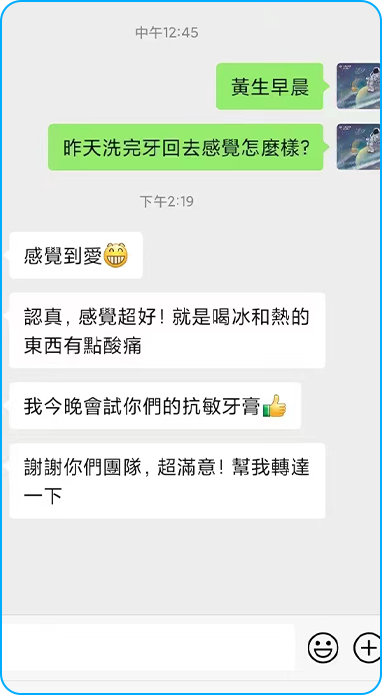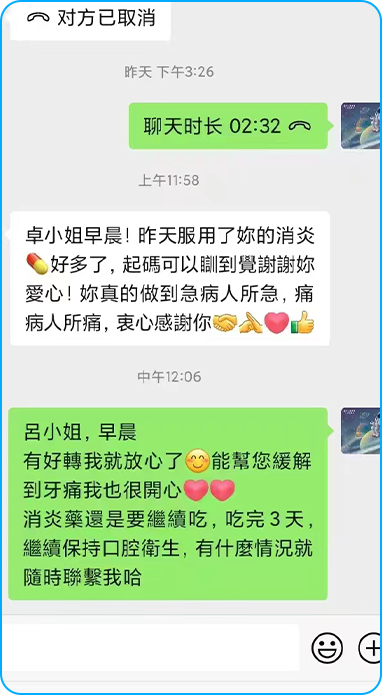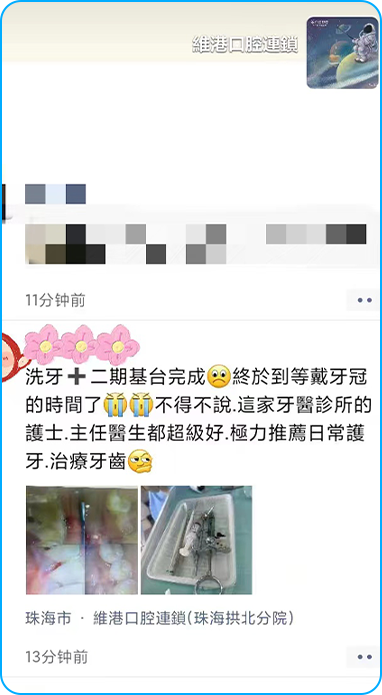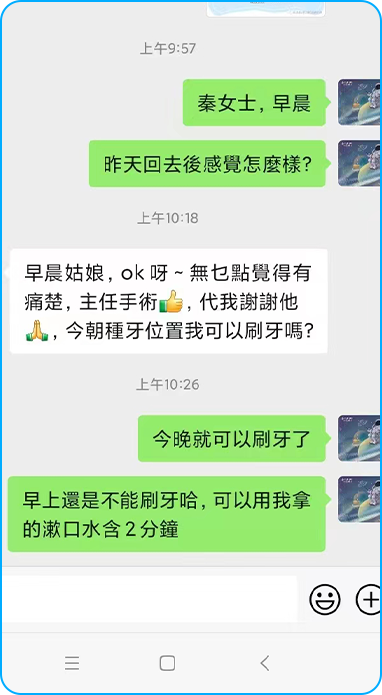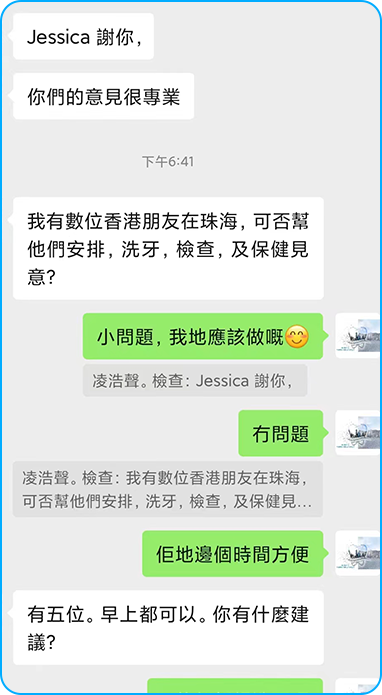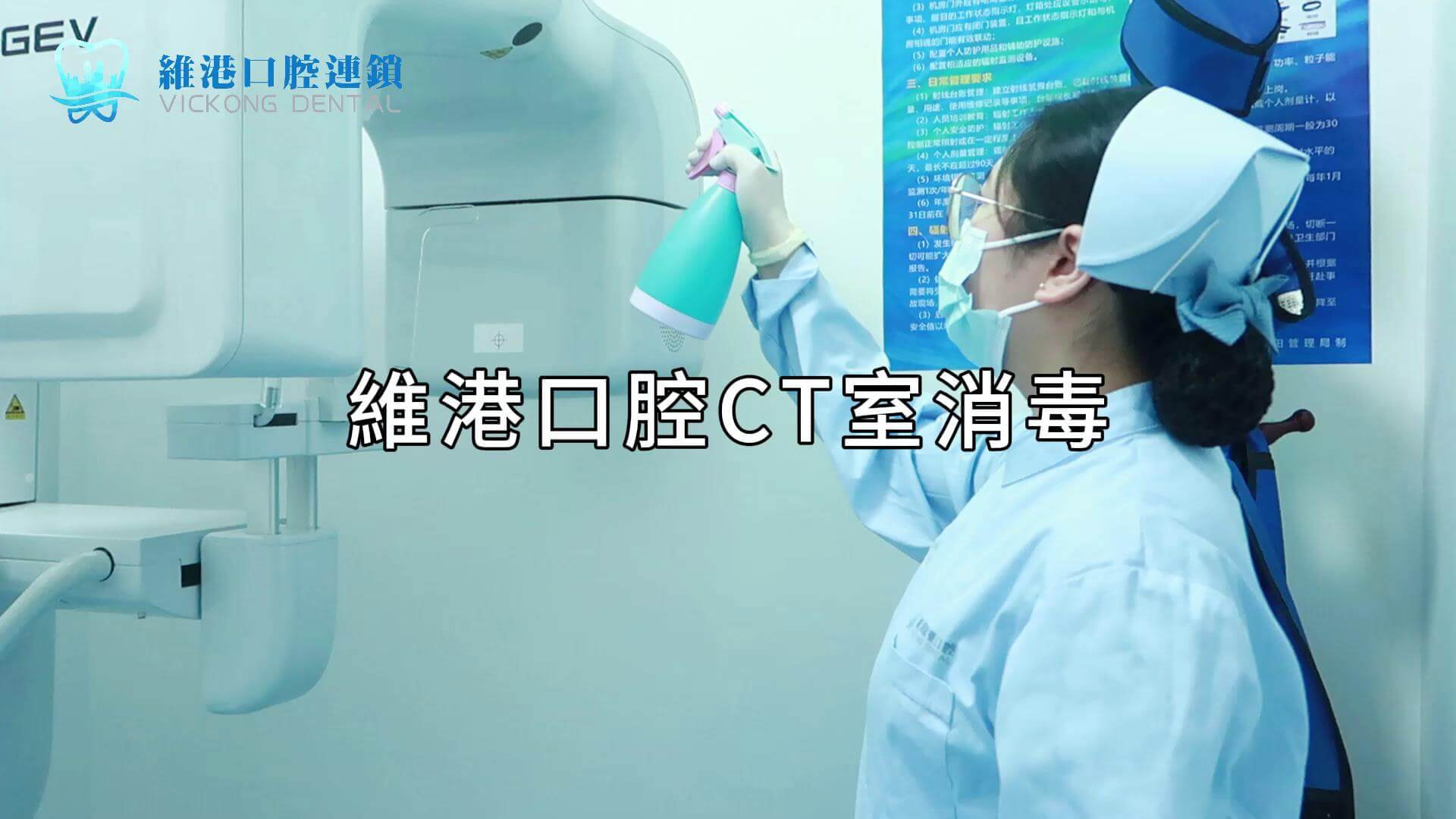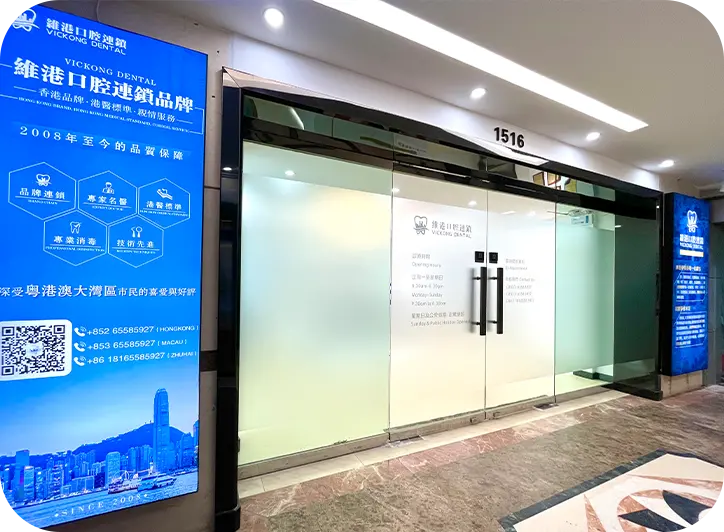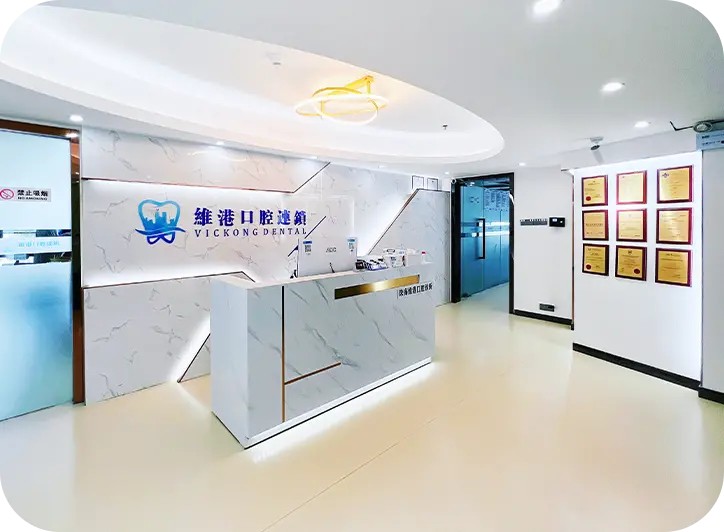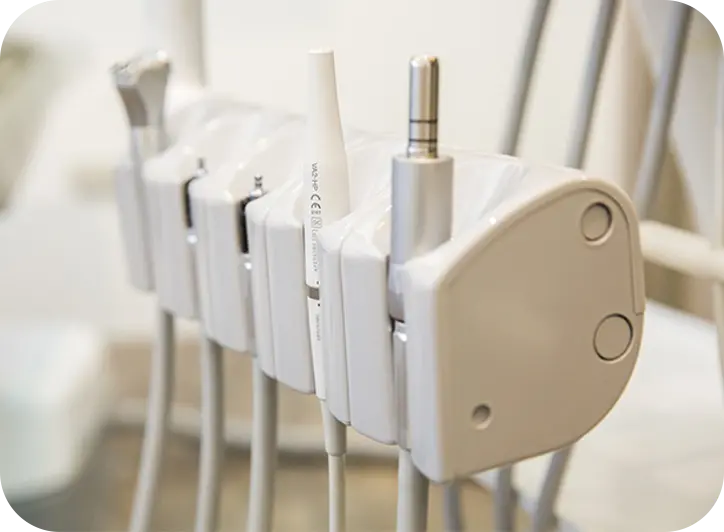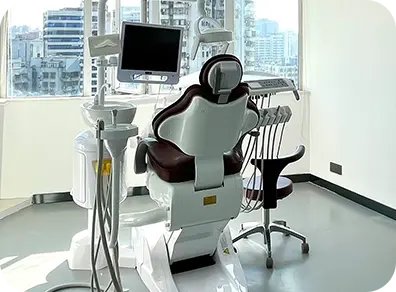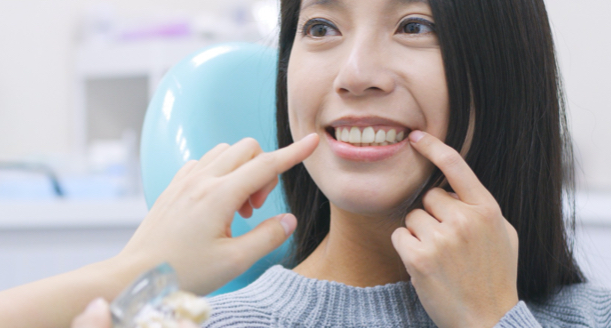《北上洗牙同香港洗牙器械有咩唔同?》
Thinking to go north for a quick dental clean in Shenzhen or Guangzhou, because price is softer and booking is easy? Many Hong Kong friends do this now. But one big question always comes up: are the dental cleaning instruments same same as Hong Kong, or different in a way that matters for your teeth and gums? Let’s break it down in a friendly, practical way so you can choose with confidence.
What “scaling” actually uses: ultrasonic vs hand instruments
- Ultrasonic scalers are the main tool for cleaning tartar and plaque. Most clinics in both Hong Kong and Mainland China use piezoelectric ultrasonic scalers. You’ll see brands like EMS (Switzerland), NSK (Japan), and the very common Woodpecker (China).
- Older magnetostrictive systems (like Cavitron) are less common in Asia now but still exist in some Hong Kong clinics. Piezo tips move in a linear pattern and often feel a bit smoother; magnetostrictive tips move elliptically and can feel more buzzy. Both are effective when the dentist or hygienist has good technique.
- Hand scalers and curettes (like Gracey curettes) are used to fine-tune areas the ultrasonic tip can’t finish, especially under the gum line. Brand differences here don’t matter much; skill matters more.
Air polishing and finishing: gentle vs strong
- Polishing can be done with a prophy cup and paste, or air polishing that sprays a fine powder. In Hong Kong, many clinics offer air-flow polishing using glycine or erythritol powder—gentle on the gums, nice for stain removal. In Mainland China, you’ll see similar systems, sometimes with sodium bicarbonate powder which is stronger and can feel slightly more abrasive.
- Sensitive gums? Ask for glycine or erythritol powder if available, or use low-abrasion paste. No need to be shy—just say you prefer gentle-clean, sabai-sabai style.
- Fluoride varnish or foam might be offered after scaling, same in both places, to reduce sensitivity and protect enamel.
Aerosol control and suction: post-COVID upgrades
- High-volume evacuation (HVE) is standard for reducing spray during scaling. Both Hong Kong and Mainland clinics use it.
- Extraoral aerosol vacuums became popular after COVID. You’ll notice big “elephant trunk” suction near your mouth in many Mainland chain clinics. Hong Kong clinics also have them, especially newer ones, but it varies by practice.
- If you care about air quality, look for clinics that use HVE plus extraoral suction and have good ventilation. It’s a small detail but makes the session more comfortable.
Water systems and tips: clean lines, clean mouth
- Ultrasonic scalers need water to cool the tip and flush debris. Many clinics use distilled or filtered water and run disinfectant through the lines regularly.
- Mainland clinics often use external water bottles with disinfectant solutions; Hong Kong clinics may use built-in lines with routine maintenance. Either way, ask if they maintain waterlines and change tips between patients. Tips should be sterilized or single-use.
Sterilization and infection control: what’s different in standards
- Hong Kong clinics follow Department of Health guidance and commonly use Class B autoclaves, sealed pouches with color-changing indicators, and strict PPE. Instruments should arrive in a sealed, sterilized pack opened in front of you.
- Mainland clinics are regulate

d by NMPA (formerly CFDA) for devices and local health authorities for infection control. Large chains in Shenzhen/Guangdong often match international standards with ISO 13485-certified devices and proper autoclaves. Smaller clinics vary more—so observe carefully.
- Quick checklist for you:
- Are instruments pouch-sealed and opened chairside?
- Do they change gloves and masks properly?
- Is the ultrasonic tip clean and handled aseptically?
- Is there a sterilization indicator on packs?
- Do they wipe surfaces and use barriers between patients?
Device brands and build quality: same same but different price points
- You’ll notice Woodpecker ultrasonic units everywhere up north—reliable, cost-effective, and widely used. In Hong Kong, you may also see premium EMS and NSK setups, plus high-end air-flow units that feel ultra-smooth.
- The user experience can be slightly different: premium devices may feel quieter and more refined; budget devices still do the job if maintained well. Technique and comfort settings matter more than brand name alone.
Comfort settings and sensitivity: talk to your clinician
- Ultrasonic scalers have adjustable power and water flow. If you feel “too sharp,” ask for lower power and more water. A bit “mai pen rai” attitude is fine, but don’t suffer through—better communication equals better experience.
- For gum sensitivity, choose soft polishing powder or a gentle paste, and request desensitizing gel at the end.
Regulatory and safety notes you can trust
- Hong Kong devices often carry CE marking and are bought through established distributors. Mainland devices may carry NMPA approvals, CE, and sometimes FDA for global brands.
- ISO 13485 certification is a good sign for device manufacturing quality, whether in HK or Mainland. If you see EMS Airflow or NSK Prophy-Mate, you’re in premium territory; Woodpecker UDS-series is a common workhorse and fine for routine scaling.
Price and time: why people go north
- Mainland clinics usually charge less for scaling and polishing, and booking via apps is fast. Hong Kong prices are higher, but you get the convenience of no border crossing and often more English/Cantonese communication.
- For deeper cleaning (periodontal scaling and root planing), skill and infection control matter more than just price. Consider reputation and clinician experience over the cheapest deal.
How to choose smart, wherever you go
- Check reviews and ask friends who tried the clinic—word of mouth is gold.
- Look for clear infection control processes and modern equipment.
- Ask what powder they use for air polishing and the brand of ultrasonic scaler.
- Confirm the session length; rushed scaling is not ideal, even if cheap.
- If you have gum disease or medical conditions, pick a clinic with an experienced periodontist or hygienist.
Bottom line
Hong Kong and Mainland China clinics often use very similar scaling and polishing instruments. The biggest differences you’ll notice are brand mix, the level of aerosol control, and how consistently infection control is done. With a little checking—sealed instruments, proper suction, gentle polishing options—you can get a safe, clean, and comfortable result on either side of the border. Same same in outcome if you choose wisely; the key is finding a clinic that treats your mouth with care, not just speed.





